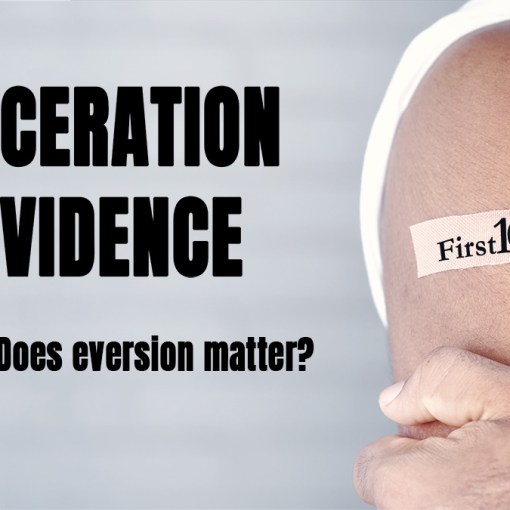Case
A 60 year old woman is brought into your resus room VSA with CPR in progress. The paramedics tell you that she had a witnessed arrest and bystander CPR was performed for 4 minutes before they arrived on scene. They found her in PEA, took over CPR, started an IV, and rapidly transported as they were only 5 minutes out. What is your approach to PEA?
My approach to PEA
Rapid airway control. (Does not need to be intubation; my go to is an LMA initially).
Confirm rhythm is non-shockable.
Place one nurse in charge of managing the basic ACLS protocol: watching compressions, monitoring the time and pulse checks, and giving epinephrine (if you think that is a good idea).
Look at the monitor: is the QRS wide or narrow? (Get a 12 lead ECG if possible)
IF NARROW COMPLEX:
Diagnose
- The cause is generally mechanical
- The primary DDx is tamponade, tension pneumothorax, PE, and hyperinflation
- Perform a rapid history and physical looking for clues with respect to the above DDx: JVD, muffled heart sounds, tracheal deviation, cancer history, apparent DVT
- Narrow the DDX using ultrasound
- The LV should be hyperdynamic, as this is obstruction or pseudo PEA
Treat
- Fluids wide open for all
- If tamponade → pericardiocentesis
- If pneumothorax → finger thoracostomy
- If PE → thrombolytics (alteplase 0.6mg/kg over 2 min)
- If hyperinflation → disconnect from the vent and adjust the settings
IF WIDE COMPLEX:
Diagnose
- The cause is generally metabolic, toxicologic, or MI (although it could be one of the above obstructive causes with RBBB/LBBB/aberency)
- The primary DDx is hyper K+, Na+ channel blockers, or MI. (MI has a dismal outcome in PEA.)
- Perform a rapid history and physical looking for clues with respect to the above DDx: critically ill, sepsis, dialysis fistula?
- Narrow the DDX using ultrasound
- The heart is generally hypokinetic or akinetic, ie. true PEA; if hyperdynamic, think about mechanical cause with RBBB/LBBB/aberrancy
Treat
- Empirically treat with calcium chloride and sodium bicarb
Remember, if it was wide complex the cause could still be mechanical. If there is no response to therapy, go through the narrow complex steps
Did you miss a clinically obvious hypothermia?
Before calling the code, are you sure there is no pulse? Your fatty fingers may not be as good as an ultrasound with doppler.
Notes
This post is really just a reproduction and elaboration of the excellent article by Littmann, Bustin and Haley below. My standard format includes a much wider review of the topic, but this paper is just so great, both for teaching and for organizing yourself in a code, it deserves its own post.
Other FOAMed Resources for Pulseless Electrical Activity
I was pretty vague on the “narrow the DDX using ultrasound” statement. I think this approach to PEA is excellent even if you don’t have the requisite ultrasound skills to diagnose PE or pneumothorax. However, if you don’t have those skills you are probably better off not spending any more time here, but instead checking out ultrasoundpodcast.com, or sinaiem.us, or the CastleFest lectures, or the many other excellent FOAM ultrasound resources out there.
On the finger thoracostomy: Coding Asthmatic, DOPES and Finger Thoracostomy and Needle vs. Knife II: Needle Thoracostomy? at EMCrit
Ultrasound for pneumothorax: http://sinaiem.us/tutorials/pneumothorax
Ultrasound for tamponade: Pericardial Tamponade. Learn this. Know this at ultrasoundpodcast.com
Ultrasound for PE: US in massive PE case or Multi-organ US for PE at ultrasoundpodcast.com
General echocardiography: Basic Cardiac Ultrasound from CastleFest 2013
References
Morgenstern, J. The Simplified Approach to PEA (non-traumatic), First10EM, March 12, 2015. Available at:
https://doi.org/10.51684/FIRS.108






3 thoughts on “The Simplified Approach to PEA (non-traumatic)”